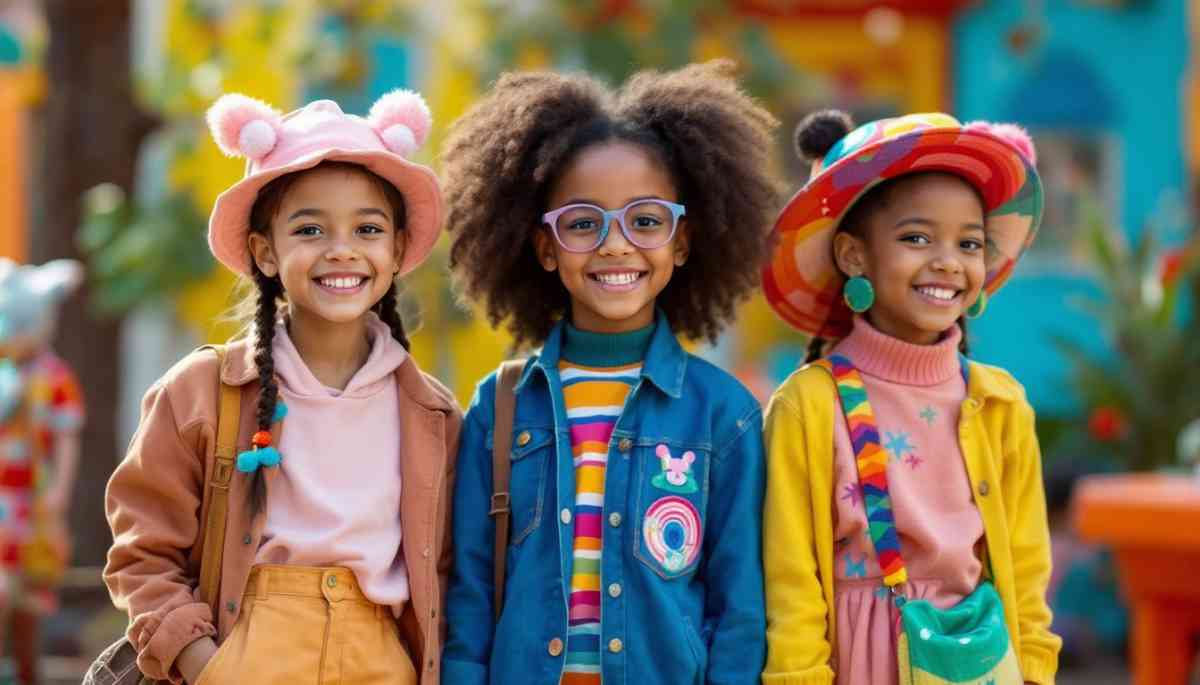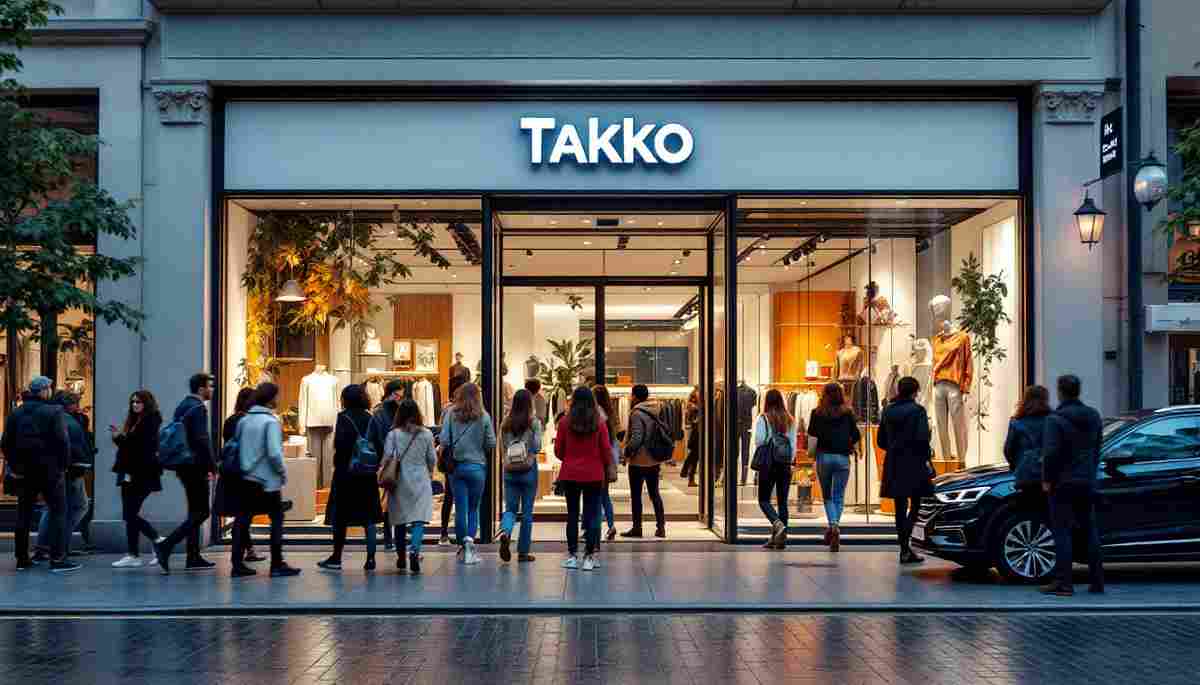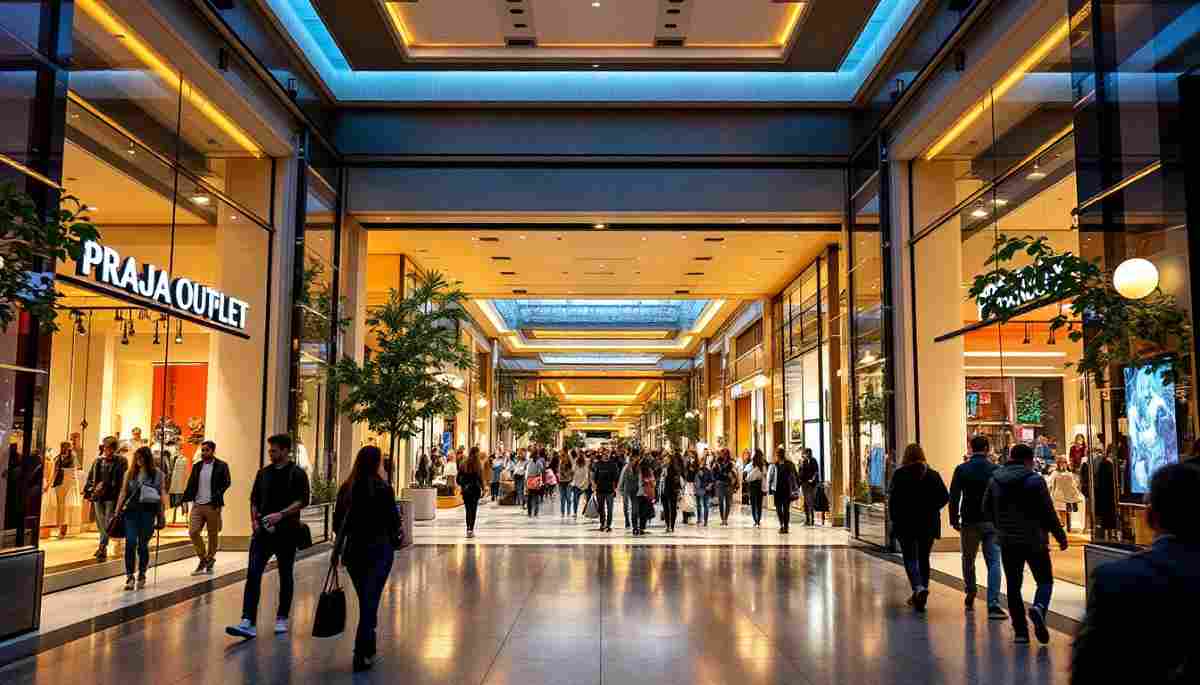New York Fashion Week is a highly anticipated event in the fashion calendar, where designers showcase their latest collections. This annual event not only highlights trends but also serves as a cultural melting pot for creativity and innovation. Understanding the evolution of New York Fashion Week helps to appreciate how it has shaped the industry.
The Evolution of New York Fashion Week: A Historical Perspective
New York Fashion Week was first established in 1943, created by Eleanor Lambert to showcase American designers and change the focus from Parisian styles. Originally known as “Press Week,” it allowed journalists to view collections in a centralized location, earning significant attention for American fashion.
Over the years, New York Fashion Week has evolved dramatically, reflecting broader cultural shifts. From its humble beginnings in small venues to the grand shows held in iconic locations like Lincoln Center and the Skylight at Moynihan Station, the event has grown into a major player in the global fashion scene. Each season, the city transforms into a vibrant hub of creativity, where designers, models, and fashion enthusiasts converge to celebrate innovation and artistry.
The introduction of technology and digital media has also transformed how shows are presented. Live streaming of runway shows has made collections accessible to audiences worldwide, marking a significant shift in how fashion is consumed and experienced. Social media platforms like Instagram and TikTok have further amplified this reach, allowing designers to engage directly with consumers and influencers, creating a new dynamic in the fashion ecosystem.
In addition to the technological advancements, the diversity of designers showcased at New York Fashion Week has expanded significantly. The event now features a wide array of voices from various backgrounds, highlighting the importance of inclusivity in the fashion industry. Emerging designers are given a platform alongside established names, creating a rich tapestry of styles and perspectives that reflect the multicultural fabric of New York City itself. This evolution not only enriches the narrative of fashion but also resonates with a broader audience, fostering a sense of community and shared experience.
Furthermore, the sustainability movement has begun to influence the narratives surrounding New York Fashion Week. Designers are increasingly prioritizing eco-friendly practices, from sourcing materials to adopting ethical production methods. This shift is not merely a trend but a response to the growing awareness of environmental issues and the demand for transparency in the fashion supply chain. As a result, many shows now incorporate themes of sustainability, showcasing collections that not only captivate the eye but also advocate for a more responsible approach to fashion consumption.
Key Trends to Watch This Season
This season at New York Fashion Week, several key trends have emerged that reflect the current cultural climate. Bold colors and exaggerated silhouettes are taking center stage, signaling a move towards self-expression and individuality in fashion choices. Designers are embracing vibrant hues like electric blue, fiery red, and sunny yellow, which not only energize the runway but also encourage wearers to make daring statements in their everyday lives. This shift towards brighter palettes is a response to the more muted tones that dominated previous seasons, showcasing a collective desire for optimism and creativity in fashion.
Additionally, the resurgence of retro styles, particularly from the late 90s and early 2000s, has captured the attention of many designers. Expect to see a mix of utilitarian clothing, oversized accessories, and vibrant patterns that evoke nostalgia while feeling fresh and modern. Iconic pieces such as bucket hats, cargo pants, and platform shoes are making a comeback, often reimagined with contemporary twists that appeal to both seasoned fashion enthusiasts and a younger audience discovering these styles for the first time. This playful nod to the past not only highlights the cyclical nature of fashion but also reflects a broader cultural fascination with revisiting and reinterpreting previous decades.
Furthermore, versatility in fashion has become increasingly important. Many designers are creating pieces that can transition seamlessly from day to night, catering to a contemporary audience that values practicality alongside aesthetics. This trend is evident in the rise of multifunctional garments, such as dresses that can be styled in multiple ways or tailored blazers that can be paired with both casual and formal outfits. The emphasis on adaptability speaks to the fast-paced lifestyle of modern consumers, who seek clothing that can effortlessly fit into their dynamic schedules. As sustainability continues to be a priority, the focus on versatile pieces also aligns with the growing demand for eco-conscious fashion choices, encouraging a wardrobe that is both stylish and responsible.
Spotlight on Emerging Designers
New York Fashion Week is not just about established names; it is also a platform for emerging designers to showcase their talents. This season features a diverse array of new talent, each bringing a unique perspective to the runway.
Designers like Dmitry Sholokhov, with his innovative textile use and craftsmanship, and Anifa Mvuemba, known for her commitment to diversity and representation, are making waves. They not only provide fresh styles but also challenge the industry norms regarding inclusivity and sustainability in fashion.
The spotlight on emerging designers highlights the importance of nurturing new talent to keep the fashion industry vibrant and dynamic. Their creativity often pushes boundaries and inspires established brands to rethink their approaches.
Behind the Scenes: The Production of a Fashion Show
Creating a successful fashion show involves meticulous planning and coordination. Behind the scenes, a team of professionals works tirelessly to ensure everything runs smoothly. From set design to lighting, each element is crafted with precision to create a visually stunning experience.
The casting of models is another critical aspect. Designers scout talent that embodies the essence of their collection while also embracing diversity. This focus on representation is becoming increasingly prevalent in casting calls across the industry.
Moreover, rehearsals are essential, often taking place days before the show. They ensure that models know their timings and placements, allowing for a seamless flow on the runway. The choreography of a fashion show transforms it into a performance art, adding layers of narrative to the clothing itself.
The Role of Sustainability in Modern Fashion
Sustainability is no longer just a trend; it is a crucial component of contemporary fashion. Many designers participating in New York Fashion Week are committed to eco-friendly practices, using sustainable materials and ethical production methods.
Collections are increasingly showcasing recycled fabrics, organic materials, and innovative processes that minimize waste. Designers like Gabriela Hearst have garnered attention for their dedication to sustainability, proving that fashion can be both beautiful and responsible.
As consumers become more aware of the environmental impact of their choices, brands are finding that sustainable practices can also resonate with their audiences. This shift is prompting a broader discussion within the industry about the future of fashion and consumerism.
Celebrity Influence: Who Wore It Best?
With the spotlight on New York Fashion Week, celebrities often play a pivotal role in elevating a designer’s visibility. Their presence at shows and in the front rows can create a buzz that directly translates into popularity for the showcased collections.
Analyzing who wore it best is a favorite pastime during Fashion Week. Celebrities like Rihanna and Zendaya often set trends with their daring looks, influencing public perception and inspiring designers. Their unique interpretations of high fashion make them style icons in their own right.
Moreover, the collaborations between celebrities and designers often lead to limited-edition pieces that generate excitement and anticipation among fans. This intersection of fame and fashion continues to shape the industry landscape significantly.
The Impact of Social Media on Fashion Week
Social media has revolutionized how fashion weeks are experienced globally. Platforms like Instagram and TikTok allow for real-time updates, giving audiences an inside look at runway shows, backstage moments, and after-parties, bridging the gap between the industry and the public.
The ability to share content instantly has shifted the dynamics of fashion marketing. Designers can reach wider audiences beyond those physically present at the shows, democratizing fashion and allowing for greater interaction between audiences and brands.
Furthermore, influencers play a critical role in shaping trends and promoting brands through their platforms. Their ability to connect with followers on a personal level creates opportunities for designers to engage with potential consumers authentically.
Iconic Venues: Where Fashion Meets Art
The venues chosen for New York Fashion Week are as much a part of the experience as the collections showcased. Locations like The Vessel and the historic Brooklyn Museum blend fashion with art, creating an immersive atmosphere that enhances the themes of the collections.
These iconic spaces not only provide a stunning backdrop for the runway but also invite attendees to engage with the setting. The relationship between fashion and art becomes palpable, encouraging a dialogue about creativity and inspiration.
Moreover, choosing unconventional venues reflects a trend toward innovation, as designers seek to challenge the traditional norms of fashion presentations and create unforgettable experiences for their audiences.
The Future of Fashion: Predictions for Upcoming Seasons
As we look ahead, the future of fashion appears to be defined by adaptability and creativity. Designers are increasingly focused on how to resonate with socially conscious consumers, which is likely to shape how collections are developed.
Furthermore, advancements in technology, such as augmented reality and virtual fashion shows, may become mainstream, offering new ways to showcase designs and engage with audiences. These tools can enhance the storytelling aspect of fashion and provide immersive experiences.
With sustainability at the forefront, the focus on eco-friendly practices will likely continue to grow, pushing designers to innovate while being mindful of their environmental impact. The fashion industry is at a pivotal point, with opportunities to redefine itself for a new generation.
How to Experience New York Fashion Week as a Fan
For fashion enthusiasts eager to experience New York Fashion Week, there are numerous ways to join the excitement. Attending public shows or events such as fashion talks and exhibitions can provide insights into the industry’s workings.
Additionally, many brands offer live streaming of their runway shows, allowing fans to view collections from the comfort of their homes. Fashion documentaries and social media content further enhance the experience, providing behind-the-scenes looks at the event.
Engaging with fashion bloggers and influencers who provide commentary on trends can also enrich the experience, giving fans a broader understanding of what is shown on the runway and how it relates to everyday fashion.










